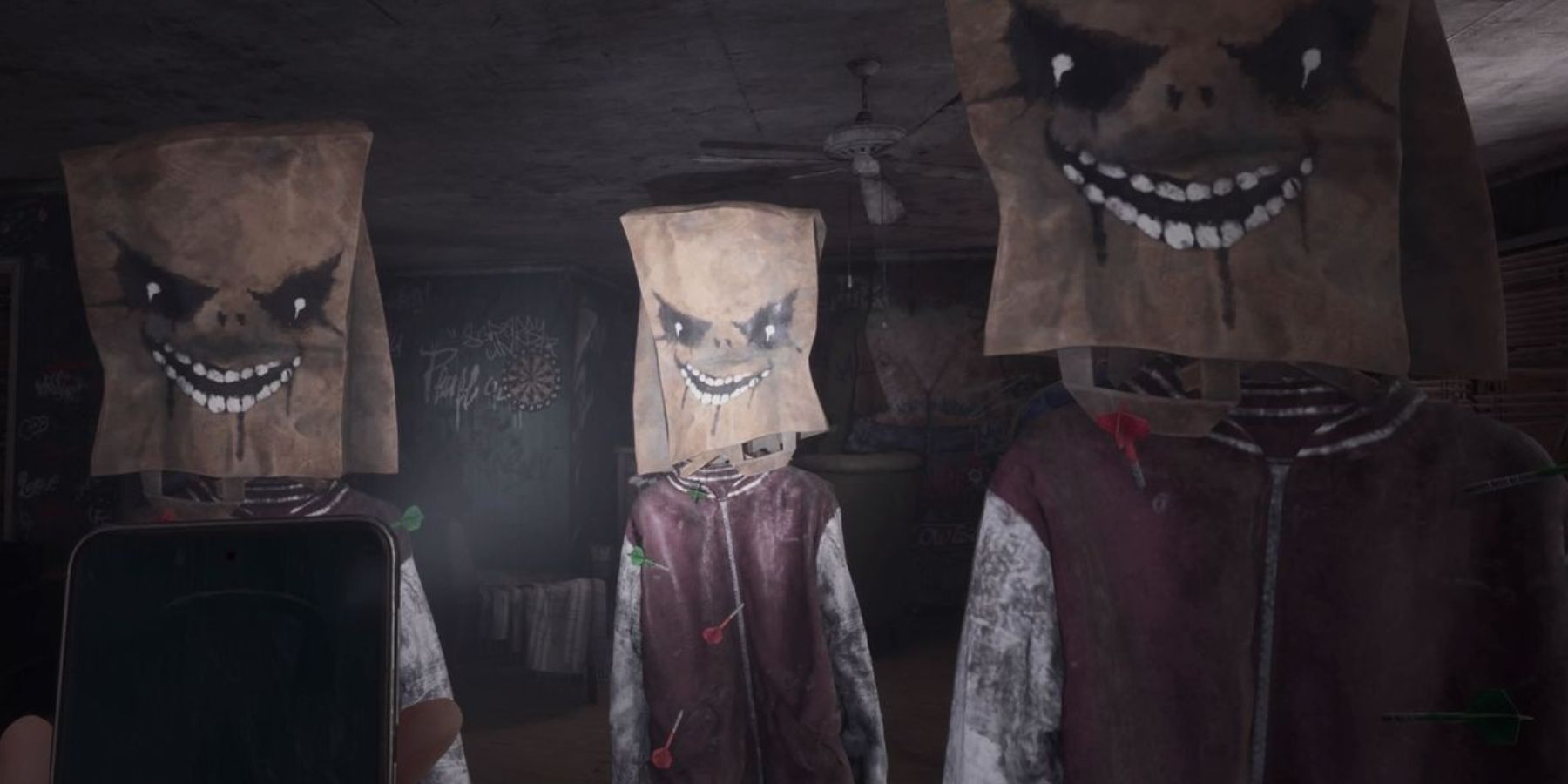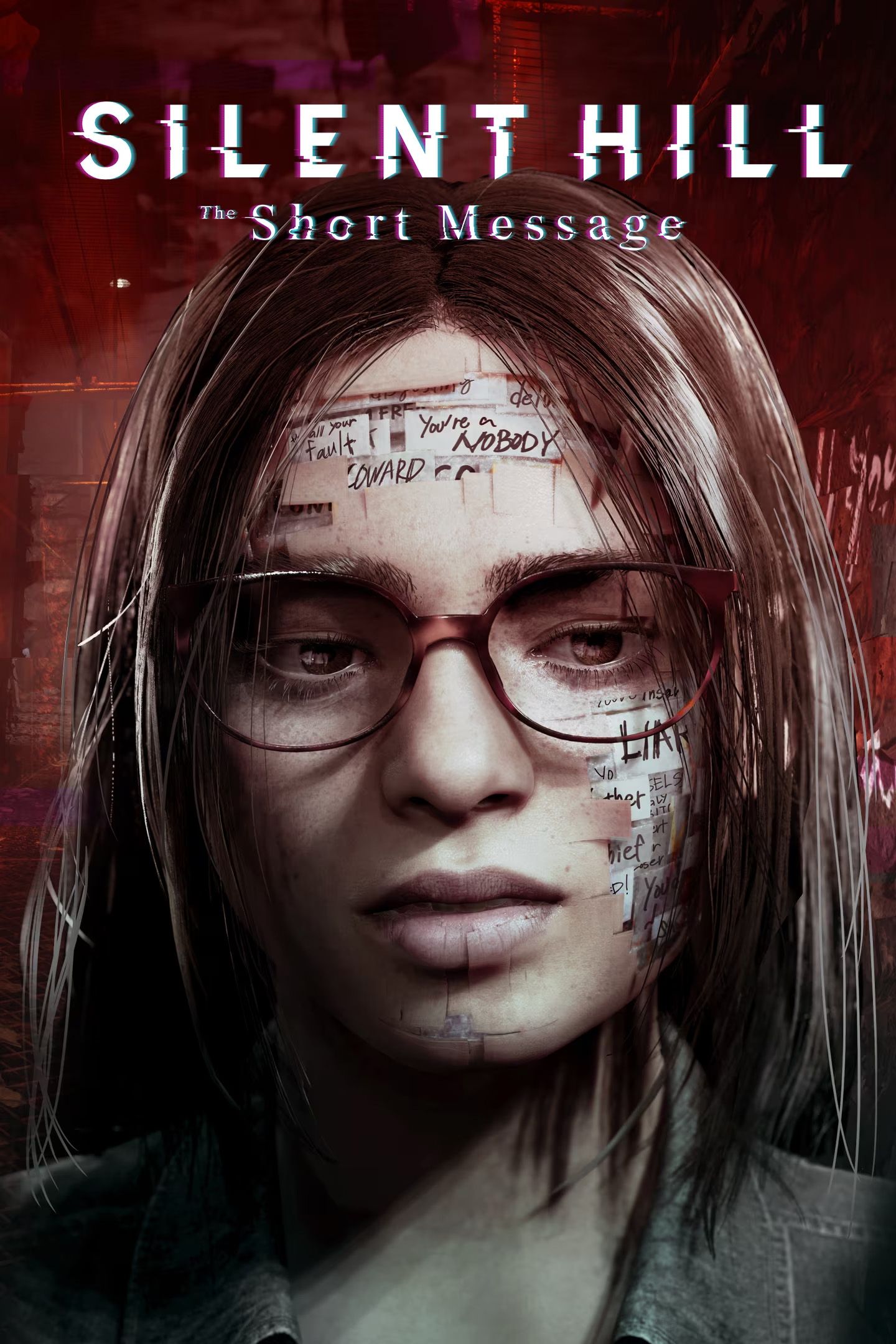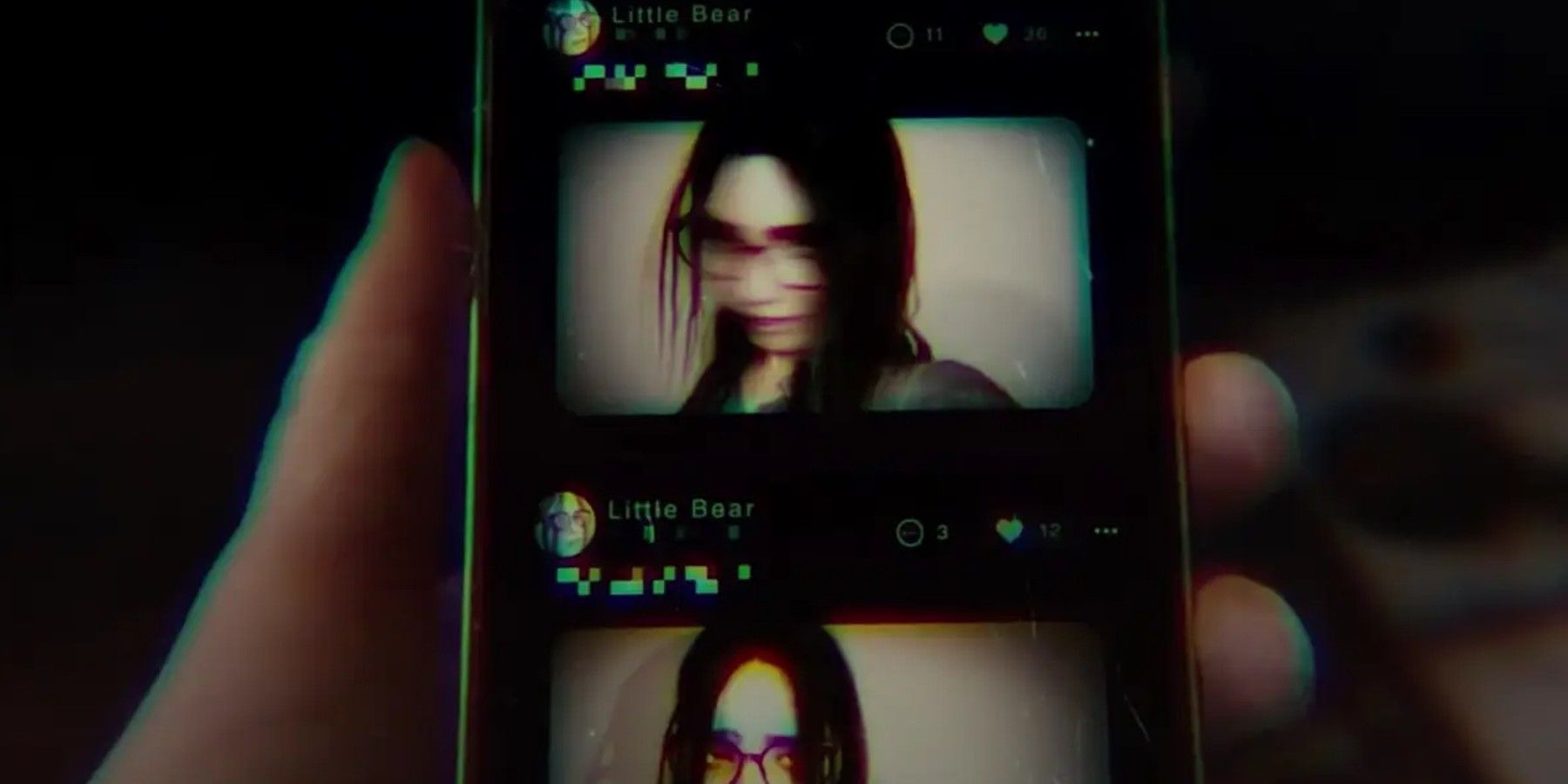Highlights
- Silent Hill: The Short Message made mistakes, but its first-person perspective is a step in the right direction for the franchise.
- Konami can learn from the game's missteps and PT's success to create future Silent Hill games that fully embrace the first-person perspective.
- The game's lack of attention to detail detracted from its potential to truly move the franchise forward.
Silent Hill: the Short Message made a lot of mistakes. In the months since its release, articles and fan discourse have dissected the game, criticizing it for everything from weak narrative and lack of atmosphere, to repetitive, uninteresting gameplay. Still, Silent Hill: The Short Message wasn’t a complete disaster, and contains one element future games would do well to take another shot at.
First released in 1999, and taking direct inspiration from Resident Evil, the original Silent Hill was built around strategically placed camera angles designed to frame the game’s horrors and accentuate its atmosphere. While Silent Hill's PS2 sequels would later go on to integrate new cinematic influences and embrace a livelier, more modern approach to cinematography, it wasn’t until the PS3—and a brand-new development team—that Silent Hill finally relinquished control and embraced modern over-the-shoulder third-person gameplay.

Silent Hill: The Short Message Could Be an Unfortunate Omen
Focusing on recurring corridors and scripted scare moments, Silent Hill: The Short Message could be setting a bad precedent for the franchise.Silent Hill’s Camera is a Core Element of The Franchise’s Horror
Cinematography is a big deal in horror—a badly framed shot can kill tension, but a well framed one can make the mundane absolutely terrifying—and the first five Silent Hill games were enthusiastic about taking advantage of this. Elegant, carefully curated camera angles were used to keep certain things just out of view, forcing the player to walk through doors blindly before a new camera angle allowed them to see whether a threat was lurking within. Using the games' camera angles to directly reflect themes of perception, early Silent Hill games were careful to control exactly what the player saw, creating a unique sense of constant unease.
Many critics have discussed how the more recent Silent Hill games have lacked the older games’ sense of unease, and how this is partly due to recent games' modern over-the-shoulder camera giving the player too much control. If a player can survey their surroundings effectively, they’re not worried that something horrible might be lurking just out of sight, waiting to pounce—a core element of Silent Hill's idiosyncratic approach to horror. With its first-person perspective, Silent Hill: The Short Message has taken one step toward remedying this long-standing issue.
In 2012, Konami released Silent Hill: Book of Memories for the PlayStation Vita, a top-down dungeon crawler, reminiscent of Diablo and the Torchlight games. The game was criticized for lacking any sense of horror, despite being built around many of the franchise’s core visual motifs.
PT Showed That Silent Hill Can Work in First Person
Hideo Kojima’s decision to make PT first-person wasn’t made lightly. While many assumed the game’s new perspective was a concession to industry trends, die-hard fans of the PlayStation 2 games were quick to point out that it was simply just a development on design elements first coined in Silent Hill 4: The Room.
By making the game first-person, Hideo Kojima reintegrated the franchise’s themes of perception with its gameplay. A tight field of view combined with tight environments meant everything always felt too close. Looking at a picture on the wall meant the player couldn’t see what was to their left or right, and the classic Silent Hill unease returned. Looking down the hallway into the darkness created a naturally cinematic framing, giving PT a sense of filmic choreography other recent Silent Hill games lacked—despite a heavier focus on ‘cinematic’ setpieces.
Recreating PT’s tight FOV and slow turning speed, Silent Hill: The Short Message was on the right track. Unfortunately, with a lack of attention to detail—a stark contrast to PT’s extreme emphasis on environmental storytelling—a focus on setpiece ‘moments’, and frequent cutscenes pulling the player out of first-person, the game broke away from some of PT’s strongest game design precepts to focus instead on some of the more controversial trends in recent horror games.
Konami Can Learn From Its Mistakes
Silent Hill: The Short Message undeniably made mistakes. But, if there’s a place to make mistakes, it’s a two-hour-long free-to-play game shadowdropped onto the PlayStation Store to drum up interest in Konami’s 'Silent Hill Renaissance'.
While recent Silent Hill games don’t have the best track record, if Konami learns from Silent Hill: The Short Message’s ultimate failure—and looks deeper into what made PT such a success—there’s no reason future Silent Hill games couldn’t take full advantage of the first-person perspective to truly move the franchise forward.

Silent Hill: The Short Message
Konami's Silent Hill: The Short Message is a free-to-play PS5 horror game. The story follows Anita as she explores an apartment building after receiving texts from her deceased friend.
- Franchise
- Silent Hill
- Platform(s)
- PS5
- Released
- January 31, 2024
- Developer(s)
- Konami
- Publisher(s)
- Konami
- Genre(s)
- Horror
- ESRB
- M For Mature 17+ Due To Blood, Strong Language, Violence
- How Long To Beat
- 2 Hours

